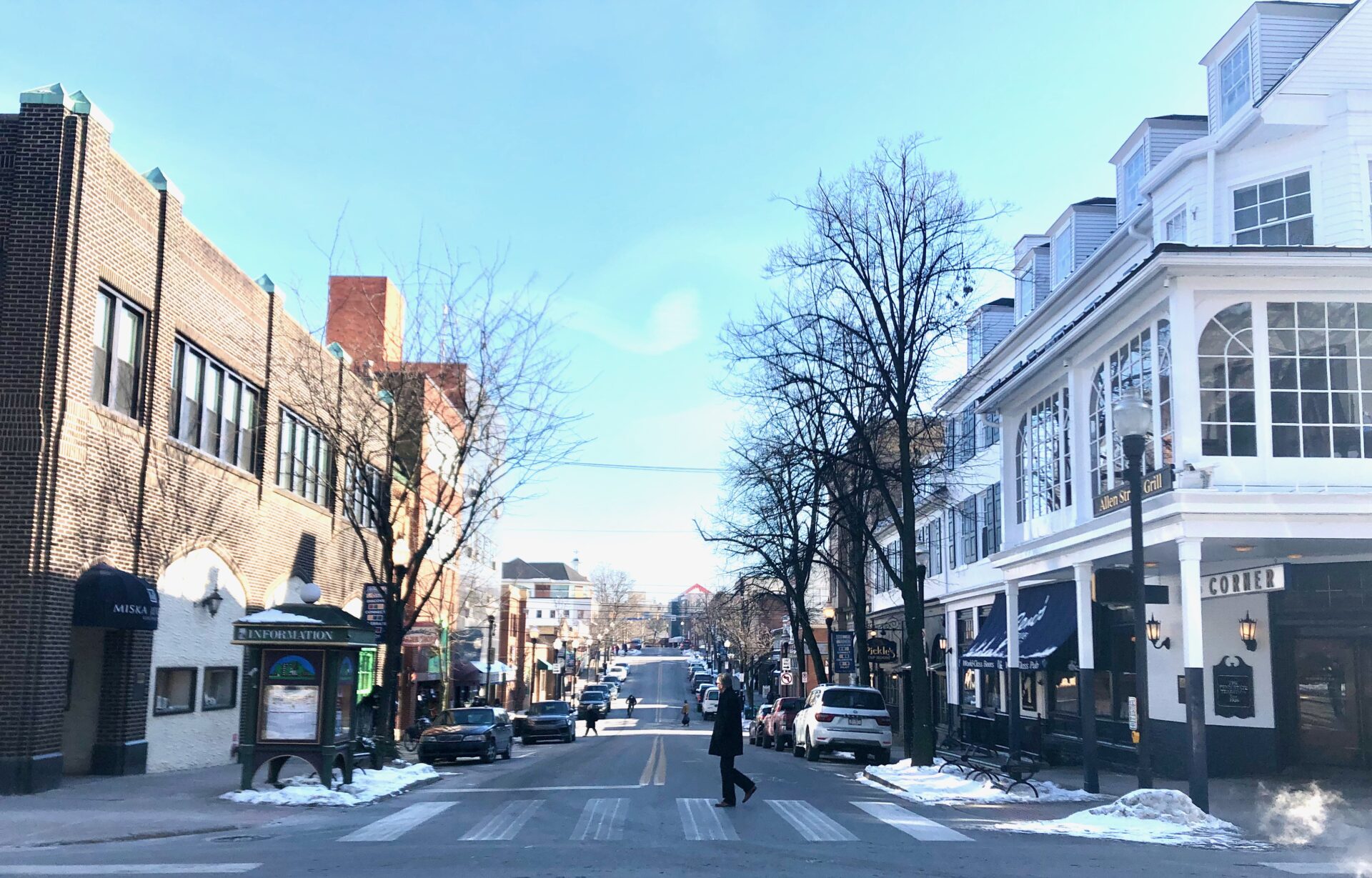What do you think?
Should we offer $10,000 to persuade remote tech workers to move to State College?
The concept is receiving a ton of media coverage and according to the website MakeMyMove, there are more than 50 programs with offers like this around the country.
The often cited example of this perk is Tulsa Remote. Launched in 2018, Tulsa Remote is an effort to persuade affluent techies looking to trade their shoebox apartments in San Francisco and New York for the greener pastures of Oklahoma.
In Tulsa, you receive $10,000 spread out over a year or as a lump sum after you buy a home. There are other perks, too, such as memberships to local co-working spaces and support to buy a home. And while your obligation ends after a year, the hope is that Tulsa grows on you.
Since launching, the city has received more than 50,000 applications. They’ve relocated 1,500 people and brought in more than $60 million in economic activity. It’s funded by the George Kaiser Family Foundation.
The long-term impact of the program is difficult to predict, but early data seems to show that people are staying. Of those who arrived in the city before 2021, 88% stayed past their one-year commitment and 39% of them live in homes owned by someone in their household.
So how did Tulsa decide on this strategy? For starters, the town sought some balance from the area’s boom/bust oil industry. The town also lacked affluent, highly educated residents. Only 32% of Tulsans have a bachelor’s degree, while 90% of Tulsa Remote workers do. Tulsa Remote workers also earn an average of $30,000 more per year.
The state of Vermont followed suit in 2018 with a similar $10,000 grant. But the public wasn’t so keen.
Unlike Tulsa, Vermont didn’t have an issue with a boom/bust industry but they did have areas with high unemployment. So the program has since been modified to offer remote workers up to $7,500 if they move to areas with higher unemployment rates or lower wages. In 2019, the average grant was $3,571 and the program is funded by the Agency of Commerce and Community Development.
Recently, a consulting group estimated the Vermont program paid for itself within two years of implementation.
Tulsa Remote and the Vermont Remote Worker Grant Program are two examples of areas competing in a changing economy.
So, should State College follow suit?
I imagine most of you are thinking, “How about you just give me $10,000?” And I’d agree — that would be nice.
But in addition to that, the primary reason we shouldn’t offer cash is because we’re different from Tulsa and the areas of Vermont the programs help. By comparison, our town is affluent, highly educated and has low unemployment.
Instead, we should look at cities like; Boise, Idaho; Bozeman, Montana; and Greenville, South Carolina.
All of these cities benefited from the changing economy without offering grants.
According to the U.S. Census Bureau, Boise’s population grew nearly 25% from 2010 to 2020; Bozeman is one of only six micropolitan areas which saw a population growth of at least 15,000 people; and CNN Money magazine ranked Greenville as one of the top 10 fastest growing cities in the country.
The three cities also rank high on annual best-places-to-live lists. Just like your favorite town and mine: State College!
But State College’s population decreased by -0.54 percent since the most recent census. And while those numbers are being contested, it’s fair to say we’re still not on a high growth trajectory like Boise, Bozeman and Greenville.
So why isn’t our town flooded with remote workers? What are Boise, Bozeman and Greenville doing that we’re not?
I feel like the first gut reaction is that State College is too expensive.
But the other towns are not significantly cheaper. According to Zillow and Realtor.com the average home price in State College is about $339,000. It’s $682,000 in Bozeman, $519,000 in Boise and $259,000 in Greenville.
Additionally, the cost of living in State College is in the middle of the other towns. According to bestplaces.net. State College scored a 108, with Bozeman at 121, Boise at 103, and Greenville at 89.
So let’s take that off the table (for now). What’s missing?
For State College’s Redevelopment Authority, it’s been a tricky question. But over the last year, we’ve been working together to figure it out.
Next month, I’ll share the results from a recent survey we sent out to people who have moved away from State College. Their reasons for leaving were a mix of “no duh” and “now, that’s interesting.”
Can you guess what they said? I’d love to read your thoughts and ideas in the comments.
Brad Groznik is an assistant teaching professor in Penn State’s Engineering Entrepreneurship program. He is also part of a team launching RediscoverStateCollege.com. All opinions are his own.



